Money Tree
- November 7, 2023
- 0 comment
The money tree, scientifically known as Pachira aquatica, is a popular and distinctive indoor plant renowned for its aesthetic appeal and purported financial symbolism.
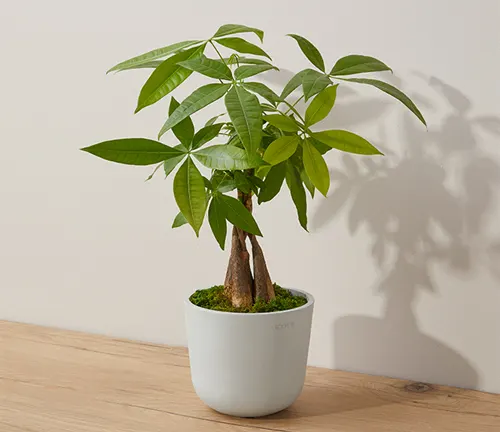
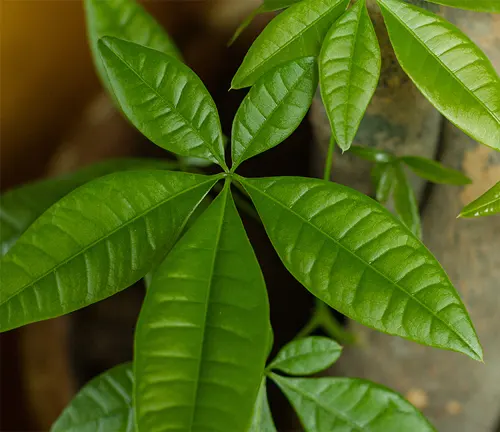
This unique houseplant is native to Central and South American wetlands, and it has earned its common name due to the belief that it brings good luck, prosperity, and financial fortune to its owner. The money tree is characterized by its braided trunk and bright green, palmate leaves, which create a striking visual effect.
Its low-maintenance nature makes it a favorite choice among both novice and experienced gardeners. While its reputation for attracting wealth is largely rooted in folklore and superstition, the money tree remains a cherished addition to homes and offices for its decorative qualities and ease of care.
| Characteristics | Description |
| Scientific Name | Pachira aquatica |
| Common Names | Money Tree, Money Plant, Malabar Chestnut, Guiana Chestnut |
| Plant Type | Tropical, indoor houseplant |
| Native Region | Central and South American wetlands |
| Size | Typically grows to 6-8 feet (1.8-2.4 meters) indoors |
| Trunk | Thick, braided or twisted trunk with a woody appearance |
| Leaves | Bright green, palmate leaves with 5-7 leaflets; each leaflet is about 6-7 inches (15-18 cm) long |
| Light Requirements | Prefers bright, indirect sunlight; can tolerate some shade |
| Watering | Allow the top inch (2.5 cm) of soil to dry between waterings; water sparingly in winter |
| Soil Type | Well-draining potting mix; can thrive in a variety of soil conditions |
| Temperature | Thrives in temperatures between 65-75°F (18-24°C); can tolerate occasional drops to 50°F (10°C) |
| Humidity | Prefers higher humidity, but can adapt to average indoor levels |
| Fertilization | Fertilize every 2-4 weeks during the growing season (spring and summer) |
| Pruning | Prune to shape the plant and remove dead or damaged branches |
| Toxicity | Non-toxic to humans and pets |
| Propagation | Typically propagated from stem cuttings or by air layering |
| Container Size | Choose a pot with good drainage that allows room for growth |
| Pests | Susceptible to mealybugs, spider mites, and scale insects; monitor for infestations |
The Botanical Beauty of the Money Tree
The Money Tree (Pachira aquatica) is a captivating plant that has captured the hearts of plant enthusiasts and interior decorators alike. Its exotic appearance and unique braided trunk make it a standout addition to any indoor space. This article delves into the intriguing botanical aspects of the Money Tree, shedding light on its remarkable beauty and the charm that has made it so popular.
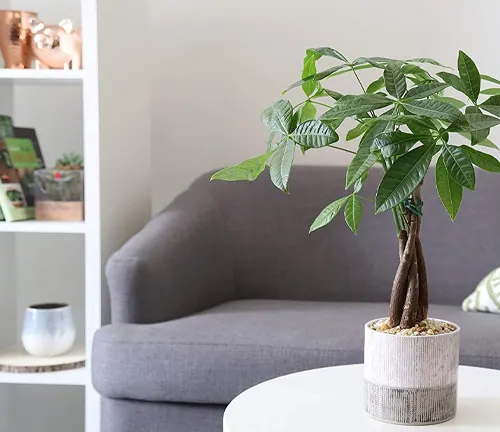
Woodland Elegance

The Money Tree is native to the wetlands of Central and South America, where it thrives in lush, tropical environments. Its striking appearance is reminiscent of a miniature rainforest, with vibrant green palmate leaves that can add an elegant touch to your home. The interwoven branches and leaves create a captivating display of natural beauty, bringing a piece of the jungle into your living space.
Ecological Importance
In its native habitat, the Money Tree plays a vital ecological role. As a part of the wetland ecosystem, it contributes to water purification, nutrient cycling, and habitat provision for various species of wildlife. Its roots help stabilize the soil along riverbanks and wetland areas, preventing erosion and protecting the delicate balance of these ecosystems.
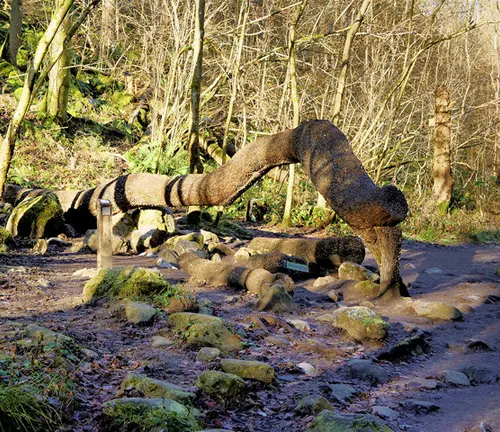
Cultivation and Conservation
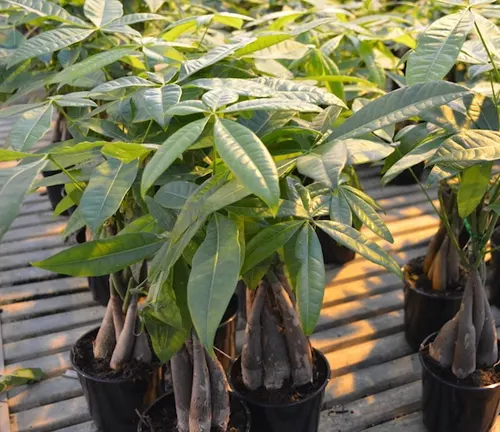
The cultivation of Money Trees has extended well beyond their native lands, as they’ve become a favorite among houseplant enthusiasts around the world. While their popularity has grown, it’s essential to consider conservation efforts. Sustainable harvesting practices and responsible cultivation help ensure that these captivating trees continue to thrive in their natural habitat.
Fragrance
One of the often-overlooked qualities of Money Trees is their delightful fragrance. When they bloom, their large, exotic flowers emit a sweet, tropical scent. This fragrance can infuse your living space with a natural perfume, creating a pleasant and calming atmosphere that many find soothing.
Soil Stabilization
In their native environments, Money Trees serve as champions of soil stabilization. Their intricate root systems help prevent soil erosion along riverbanks and wetlands, making them essential to maintaining the health of these ecosystems. This ecological role underscores the importance of conserving their natural habitats.
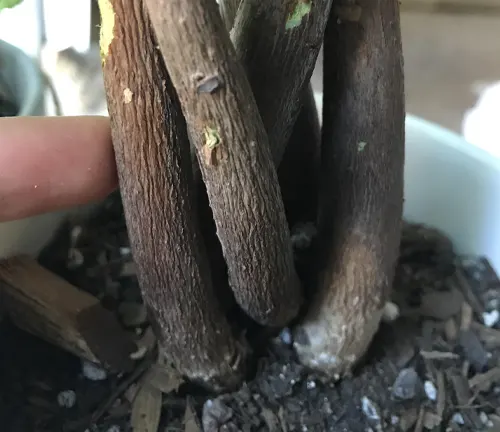
Common Uses
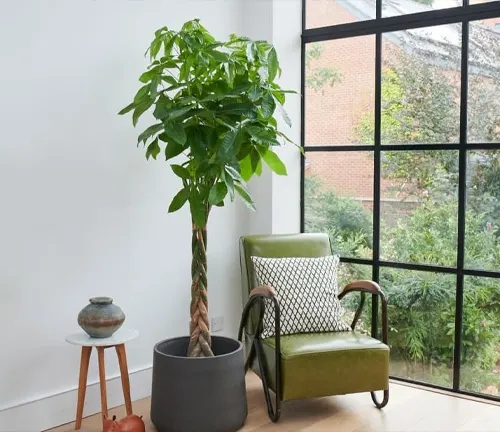
Aside from being a beloved houseplant, Money Trees have had a variety of traditional and cultural uses. In some cultures, they are believed to bring good luck and prosperity, often making them a popular gift during special occasions and celebrations. Their versatile and distinctive appearance has also led to their use as decorative elements in hotels, offices, and homes around the world.
Benefits
The Money Tree offers numerous benefits to those who choose to care for it. Besides their aesthetic appeal, they are relatively low-maintenance houseplants, making them an ideal choice for both experienced gardeners and beginners. Their presence is thought by some to bring good fortune and positive energy into living spaces. Additionally, their ability to purify the air and their calming fragrance enhance the overall ambiance of any room where they are placed.
Why Are Money Trees Considered Lucky?
Money trees are considered lucky for several reasons, rooted in various cultural and folklore beliefs. While there is no scientific basis for their luck-bringing properties, here are some of the reasons why money trees are associated with good fortune:
Resemblance to Hand of God or Five Elements: In some cultures, the money tree’s five-leaflet leaves are said to symbolize the five elements of earth, water, fire, wood, and metal. It is believed that having all five elements in one plant can bring balance and harmony, which can lead to good luck and prosperity.
Feng Shui: Money trees are often associated with Feng Shui, the Chinese art of placement. They are believed to attract positive energy (Chi) and wealth when placed in the right spot in the home or office. The braided trunk, in particular, is thought to represent the weaving of financial success and good fortune.
Myth and Folklore: Money trees have a long history of being linked to myths and folklore that suggest they bring wealth. One story tells of a poor man who received a money tree as a gift and, over time, saw his financial situation improve. This story has contributed to the plant’s reputation for attracting money and good fortune.
Easy Care and Resilience: Money trees are relatively easy to care for and can thrive in indoor environments with minimal attention. Their resilience and ability to adapt to various conditions are seen as a symbol of growth and prosperity, reinforcing the idea of luck.
Positive Aesthetic Appeal: Money trees are attractive, with their lush green leaves and unique braided trunks. Their aesthetic appeal brings joy and positivity, which can contribute to a sense of well-being and happiness, often associated with good luck.
Gift-Giving Tradition: Money trees are commonly given as gifts, especially during celebrations and the holiday season. The act of giving and receiving these plants is seen as a gesture of goodwill and blessings, further reinforcing their lucky symbolism.
Different Species
Pachira aquatica
(Money Tree)
This is the most well-known “Money Tree.” It has a braided trunk and palmate leaves and is believed to bring good luck and financial prosperity. It’s often used as an ornamental houseplant.
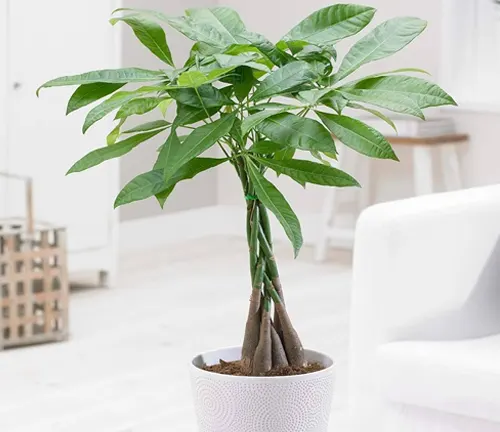
Crassula ovata
(Jade Plant)
The Jade Plant is often called a “Money Plant” or “Money Tree” and is associated with good luck and prosperity in some cultures, especially in Asian traditions. It features thick, fleshy leaves and is a popular succulent.
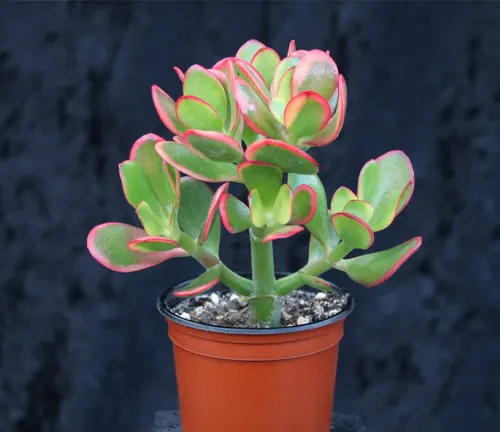
Epipremnum aureum
(Devil’s Ivy or Golden Pothos)
While not a traditional “Money Tree,” Devil’s Ivy is sometimes called a “Money Plant” due to its association with financial luck and good fortune. It’s a trailing vine with heart-shaped leaves.

Zamioculcas zamiifolia
(ZZ Plant)
The ZZ Plant is sometimes referred to as a “Money Tree” or “Fat Boy” plant. It’s believed to bring good luck and prosperity in some cultures. This plant has glossy, dark green, pinnate leaves.
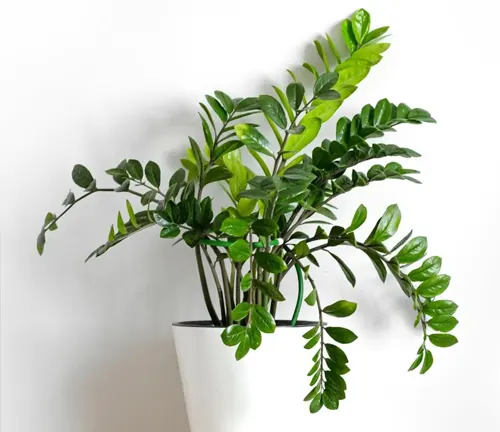
Crassula argentea
(Silver Dollar Plant)
This succulent is also known as the “Money Plant” or “Silver Dollar Plant.” It has round, silvery leaves that are thought to resemble coins, symbolizing wealth and good fortune.
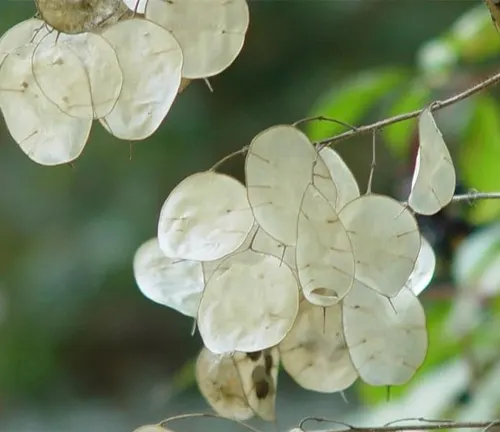
Lunaria annua
(Honesty Plant or Money Plant)
The Honesty Plant is sometimes referred to as the “Money Plant” due to its round, translucent seed pods that look like silver coins. It’s grown for its decorative seed pods.
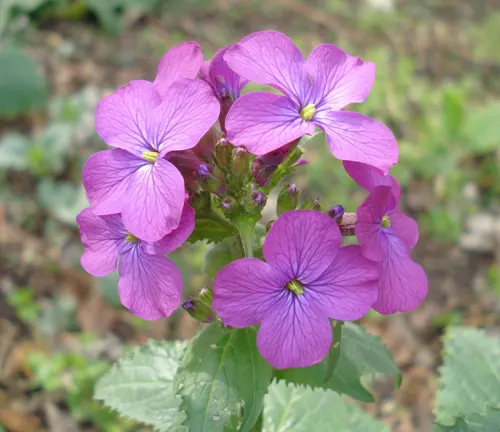
Frequently Asked Questions (FAQs)
- What is a Money Tree?
A Money Tree is a popular indoor houseplant known for its unique braided trunk and lush, palmate leaves. It is scientifically named Pachira aquatica and is believed to bring good luck and prosperity. - How do I care for a Money Tree?
Money Trees thrive in bright, indirect sunlight and prefer well-draining soil. Allow the top inch of soil to dry before watering, and avoid overwatering. Regularly prune and shape the plant, and keep it away from cold drafts. - Can I place my Money Tree in direct sunlight?
While Money Trees enjoy bright light, they are sensitive to direct sunlight, which can scorch their leaves. It’s best to provide them with indirect or filtered sunlight. - Does the Money Tree bring good luck and prosperity?
The belief that Money Trees bring good luck and financial fortune is rooted in folklore and cultural traditions, but there is no scientific evidence to support this claim. Many people enjoy having Money Trees for their aesthetic appeal and the positive vibes they bring to their living spaces. - How often should I water my Money Tree?
Watering frequency depends on factors like the size of the pot, the room’s humidity, and the time of year. Generally, allow the top inch of soil to dry between waterings and water sparingly in winter. - Can I fertilize my Money Tree, and if so, how often?
Yes, you can fertilize your Money Tree during the growing season (spring and summer). Fertilize every 2-4 weeks with a balanced, water-soluble fertilizer, following the package instructions. - Is the Money Tree toxic to pets?
Money Trees are generally considered non-toxic to humans and pets. However, it’s still best to keep them out of reach of curious pets to avoid potential nibbling. - Can I propagate a Money Tree?
Yes, Money Trees can be propagated from stem cuttings or through a method called air layering. Stem cuttings are more commonly used and can be rooted in water or soil. - What should I do if my Money Tree’s leaves are turning yellow or dropping?
Yellowing or dropping leaves can be a sign of overwatering, insufficient light, or other stress factors. Assess your care routine, adjust as needed, and consider pruning any damaged or yellowing leaves. - How big can a Money Tree grow?
Money Trees typically reach a height of 6-8 feet (1.8-2.4 meters) when grown indoors. Their growth can be managed through pruning.






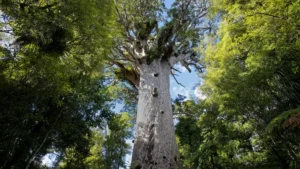
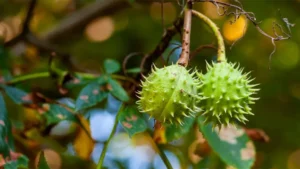




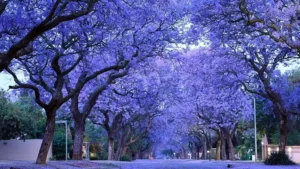

Leave your comment